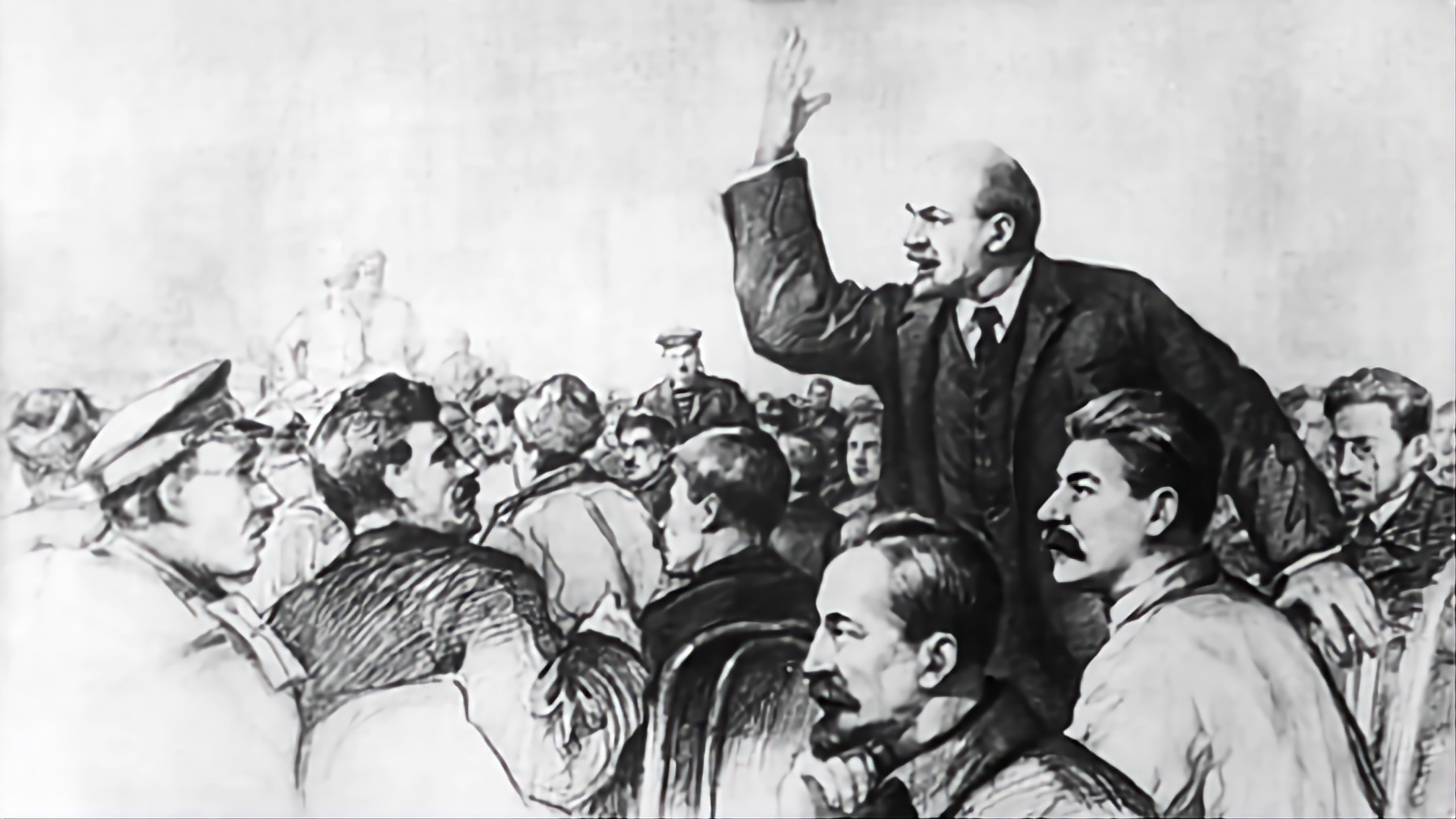cross-posted from: https://thelemmy.club/post/12591808
- Jared Bernstein, Joe Biden's Chief Economist, faced difficulties explaining money's workings in a documentary or Finding The Money,' despite his role.
- He stumbled through concepts, highlighting the confusion around government money printing and borrowing
- Bernstein, who is head of the US Council of Economic Advisers, is not formally trained in economics and appeared bewildered in the clip

deleted by creator
Thanks for taking the time to write that up
Fun fact: During and after civil war in Russia the topic of import was mentioned in Lenin's works very often, and Lenin was positively extatic over every deal where foreign sellers accepted rubles instead of gold or other currencies, and heaped praise on anyone who could negotiate deal in rubles.